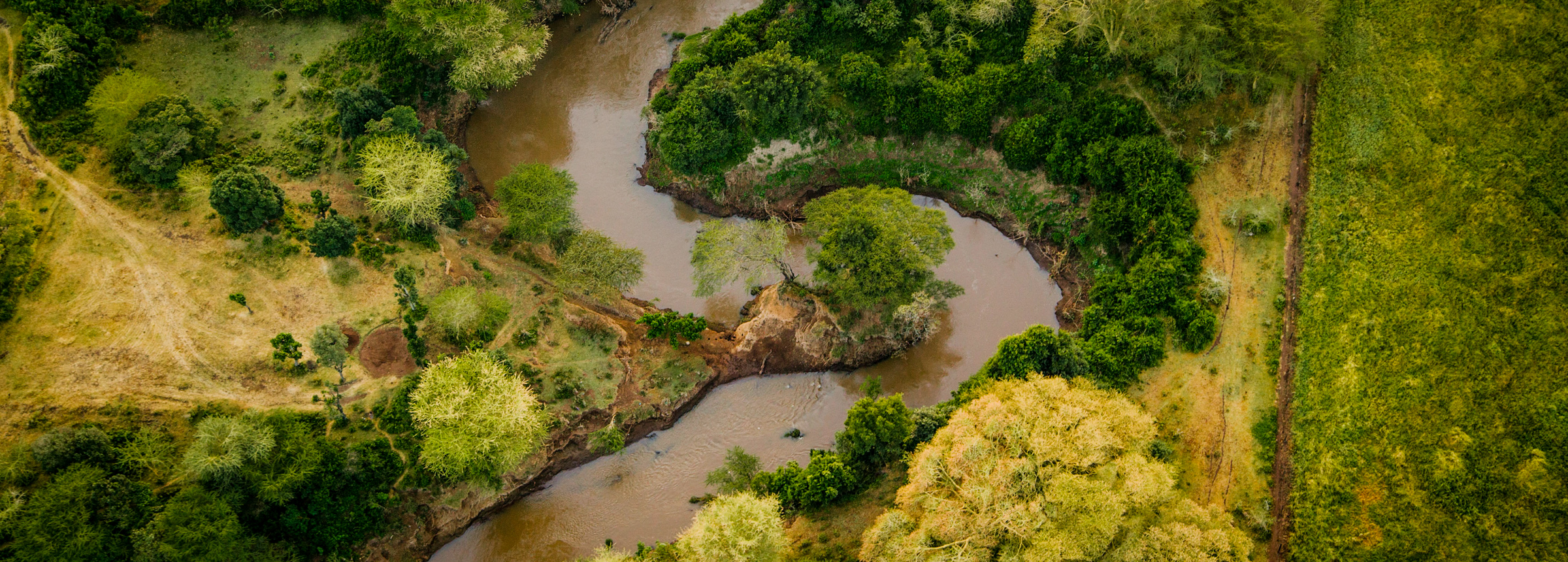
SWP Director to Present at UNC Water & Health Conference 2020
Rodolfo Camacho, project director for the Sustainable Water Partnership (SWP), will present on Thursday, October 29, at the University of North Carolina’s (UNC) Water and Health Conference. From 3:15 p.m. to 4:15 p.m. Eastern Standard Time, Camacho will discuss lessons learned from SWP’s work on water allocation planning in the Lower Mara Basin, Tanzania. SWP assisted the Government of Tanzania to develop a water allocation plan (WAP) for that country’s portion of the river basin.
To register to remotely attend the session, click here. Click on the video below for a preview of the presentation.
Covering nearly 14,000 square kilometers and home to 1.2 million people, the Mara River Basin provides water for domestic use, productive economies, and sustains the region’s rich biodiversity. Water demand in the basin has increased in recent decades due to increases in population, the area of irrigated crops, livestock and tourism. These demands, combined with increased frequency and duration of extreme events, has put a stress on this vital resource.
Basin water boards, responsible to issue permits for water abstractions, lacked information on the available water that can be allocated to different users preserving a reserve of water for basic human needs and the environment. Water for basic human needs and environment flows are to be kept in a reserve per government guidelines.
The development of the WAP in Tanzania consisted of four main elements:
1) Stakeholder engagement including participants from the government, water users, NGOs, other civil society organizations, and donors
2) Water balance assessment; water abstraction surveys, environmental flow studies, and water availability and demand assessments were conducted. The water abstraction survey was conducted using mWater’s innovative data collection platform which was essential to know how much water was needed for human health
3) Robust decision formulation and scenario analysis was carried out during robust decision support workshops that identified critical uncertainties such as changes in climate, demographics, and development to formulate robust strategies for water allocation using the Water Evaluation and Planning (WEAP) model.
4) WAP drafting by a writing team working with local stakeholders after all the water balance studies were completed and scenarios formulated by the stakeholders.
The WAP details water balances for the six sub-basins of the Lower Mara River Basin during dry and wet periods with projections for the years of 2023, 2028, and 2038. It establishes the flows reserved for basic human needs and environmental flows during dry and wet periods. In dry periods some sub-basins don’t have enough water to allocate beyond the reserve.
The WAP also provides management guidelines to the Lake Victoria Basin Water Board for water abstraction permit decisions within each sub-basin. It presents an implementation strategy which includes recommendations for further improvements in data collection for water resources assessments, stakeholder engagement, capacity building, demand management, and mobilization of financial resources.
Key lessons learned and strategies for WAP development and implementation are:
- Maintain stakeholder engagement throughout the WAP development process
- Establish and follow government guidelines for the WAP
- Engage stakeholders in the development of potential scenarios for robust decision making
- Perform frequent monitoring and reporting of river flows and permit compliance of water users
- Update the WAP every 5 years per guidelines, or as deemed necessary based on new data, and when conditions in the basin significantly change.
Related Projects

